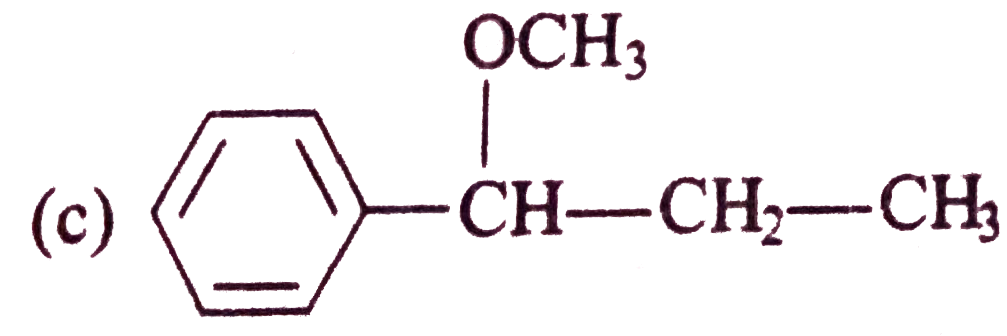Which of the following sequence of reactions is suitable to synthesize chlorobenzene?
Benzene, Cl2, anhydrous FeCl3
Phenol, NaNO2, HCl, CuCl


To synthesize chlorobenzene, we can follow a specific sequence of reactions. Here’s a step-by-step solution:
Step 1: Start with Benzene
We begin with benzene (C6H6) as our starting material.
Step 2: Electrophilic Substitution Reaction
To introduce a chlorine atom into the benzene ring, we perform an electrophilic substitution reaction. We need to react benzene with chlorine gas (Cl2) in the presence of a catalyst, typically iron(III) chloride (FeCl3).
Step 3: Reaction Mechanism
1. Formation of Electrophile: The chlorine molecule (Cl2) reacts with FeCl3 to generate the electrophile, Cl+.
Cl2+FeCl3→Cl++FeCl−4
2. Electrophilic Attack: The π electrons of the benzene ring attack the Cl+ electrophile, leading to the formation of a chlorobenzene intermediate.
3. Deprotonation: A proton (H+) is removed from the benzene ring, restoring aromaticity and yielding chlorobenzene (C6H5Cl).
Step 4: Product Formation
The final product of this reaction is chlorobenzene, which is represented as:
C6H5Cl
Conclusion
The suitable sequence of reactions to synthesize chlorobenzene is:
1. Benzene + Cl2 + FeCl3 → Chlorobenzene
We begin with benzene (C6H6) as our starting material.
To introduce a chlorine atom into the benzene ring, we perform an electrophilic substitution reaction. We need to react benzene with chlorine gas (Cl2) in the presence of a catalyst, typically iron(III) chloride (FeCl3).
1. Formation of Electrophile: The chlorine molecule (Cl2) reacts with FeCl3 to generate the electrophile, Cl+.
Cl2+FeCl3→Cl++FeCl−4
2. Electrophilic Attack: The π electrons of the benzene ring attack the Cl+ electrophile, leading to the formation of a chlorobenzene intermediate.
3. Deprotonation: A proton (H+) is removed from the benzene ring, restoring aromaticity and yielding chlorobenzene (C6H5Cl).
The final product of this reaction is chlorobenzene, which is represented as:
C6H5Cl
The suitable sequence of reactions to synthesize chlorobenzene is:
1. Benzene + Cl2 + FeCl3 → Chlorobenzene
Topper's Solved these Questions
- NEET 2022BOOK - NEET PREVIOUS YEAR (YEARWISE + CHAPTERWISE)CHAPTER - NEET 2022EXERCISE - Section - B (Chemistry)
15 Videos
- NEET 2022BOOK - NEET PREVIOUS YEAR (YEARWISE + CHAPTERWISE)CHAPTER - NEET 2022EXERCISE - Section - B (Chemistry)
15 Videos
- NEET 2021BOOK - NEET PREVIOUS YEAR (YEARWISE + CHAPTERWISE)CHAPTER - NEET 2021EXERCISE - QUESTION
50 Videos
- NEET 2023BOOK - NEET PREVIOUS YEAR (YEARWISE + CHAPTERWISE)CHAPTER - NEET 2023EXERCISE - Question
50 Videos
Similar Questions
Knowledge Check
In the following sequence of reaction
 A
A B
B C
C D
D
In the following sequence of reaction
 A
A B
B C
C D
D
Which of the following sequence of reactions can gives
 A
A B
B C
C DPhMgBrCO2−−−−−→H⊕/H2OBr3−−−→AlBr3
DPhMgBrCO2−−−−−→H⊕/H2OBr3−−−→AlBr3






 .
.